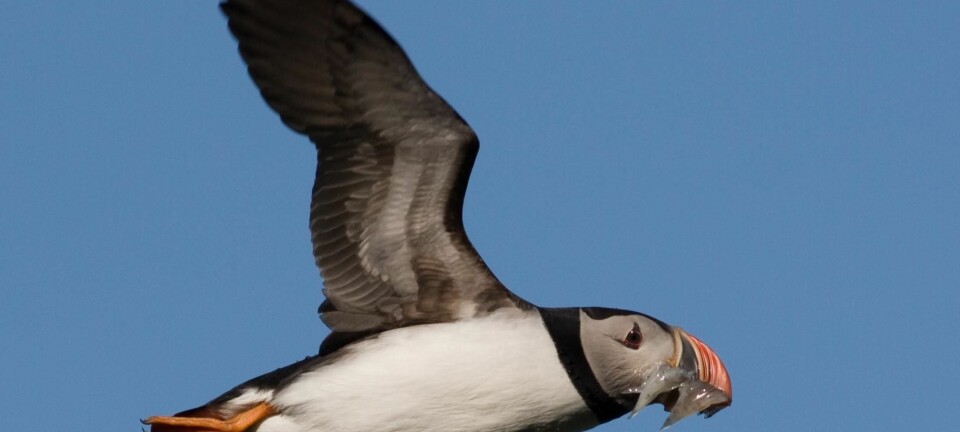
The mother of all birds had black wings
A study has discovered new evidence about the colour of the wings of Archaeopteryx – the primordial bird.
Some 150 million years ago, there lived a very special creature. It is so special that Canada's most famous clothing brand is named after it. Ever since an imprint of its feather was found in southern Germany in 1861, it has been a paleontological super-brand.
It is the first known bird. It was the size of a raven, it had feathers, and it could fly. But it also flew around displaying its dinosaur past: this bird had teeth, claws and a long vertebral tail.
This peculiar beast, half bird and half dinosaur, is called Archaeopteryx. And it is the subject of a sensational discovery by a team of US-based researchers, which has just been published in the science journal Nature Communications.
"If you search for Archaeopteryx on Google, you will see lots of images showing feathers that are mainly green and blue, but this is not correct," says Jakob Vinther, a Danish member of the research team and a graduate of both Yale and the University of Texas, Austin.
A question of colour

The carbonised remains of Archaeopteryx on the surface of the German lithographic limestone fossil contain melanosomes – organelles which resemble small chemical factories inside the cell. They produce the melanin pigment that is carried into the feathers, where it produces colour.
But which colour? The research team used an electron microscope to get closer to answering this question. "We have discovered a method to distinguish between the overall colours such as grey, black and brown," says Vinther.
Black is sausage-shaped
Colours are normally identified by looking at a substance's chemical composition. In this study, however, the colour of the Archaeopteryx feather was discovered by looking at the shape of the melanosomes.
It is known from contemporary birds that there is a connection between the shape of the melanosomes and the colour of the plumage. Red-brown colours for example are associated with meatball-shaped melanosomes, while black colours are associated with sausage-shaped melanosomes.
The new research on the Archaeopteryx fossil shows that the melanosomes were sausage-shaped, which means that the wings of the mother of all birds were black.
And the research team made an additional discovery: "We have known the fossil of this feather for 150 years, but until now no-one knew where the feather was situated on Archaeopteryx . So we also looked at that," explains Vinther.
Placing the feather
Until recently it was believed to be a swing feather, which birds use to control their speed and direction. But it now appears that the fossil feather was situated on top of the swing feather, making it a contour feather.
Vinther says that the study brings science a step closer to forming a picture of the transition or 'missing link' between dinosaurs and the species of our time. And it is not just any 'missing link':
"The feather from Archaeopteryx was found two years after Charles Darwin published his famous 'On the Origin of the Species' (see factbox),” says the researcher. “So to many people, Archaeopteryx provided proof that Darwin was right in his ideas about evolution. What fossils show is that animals have developed from something other than what they are today."
Translated by: Nigel Mander




